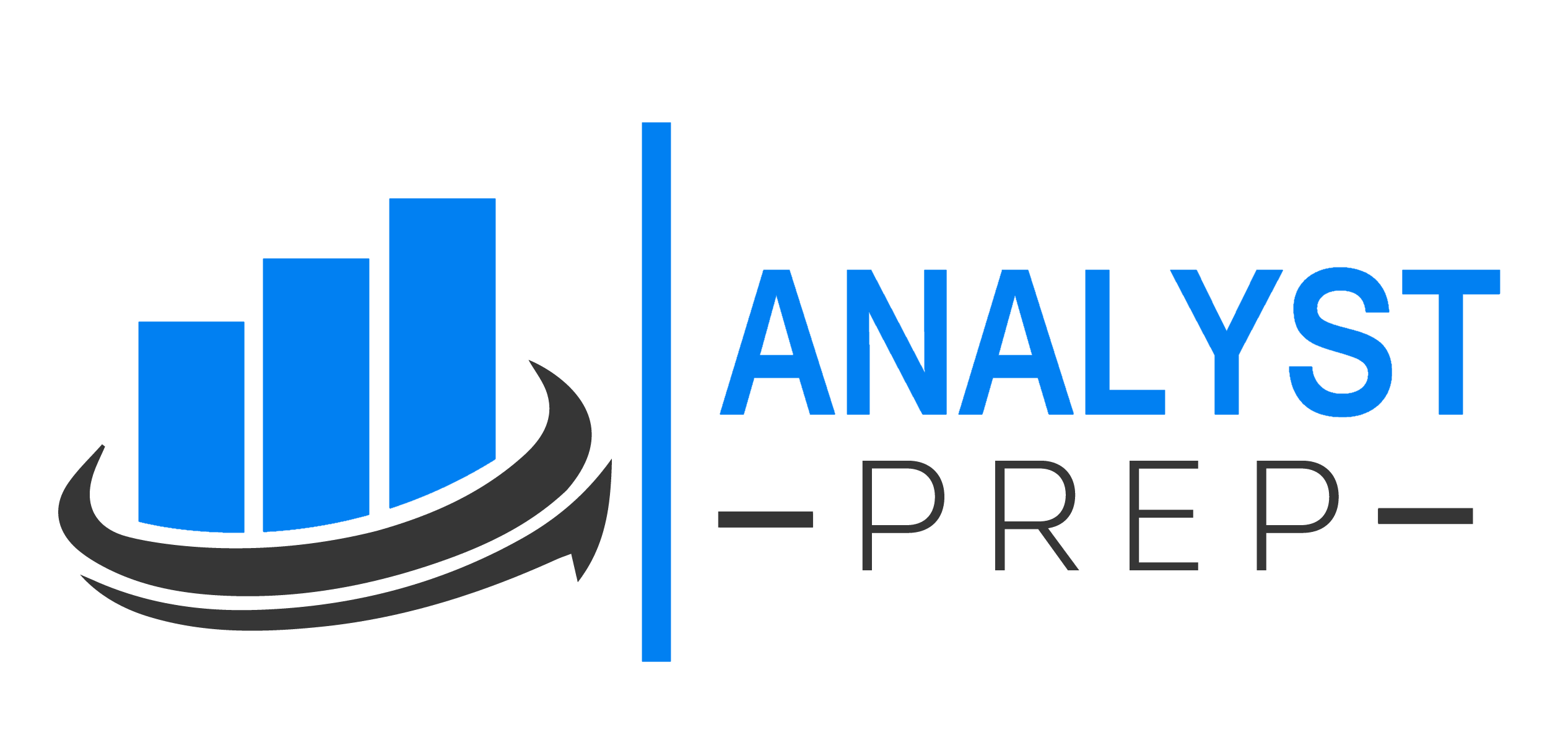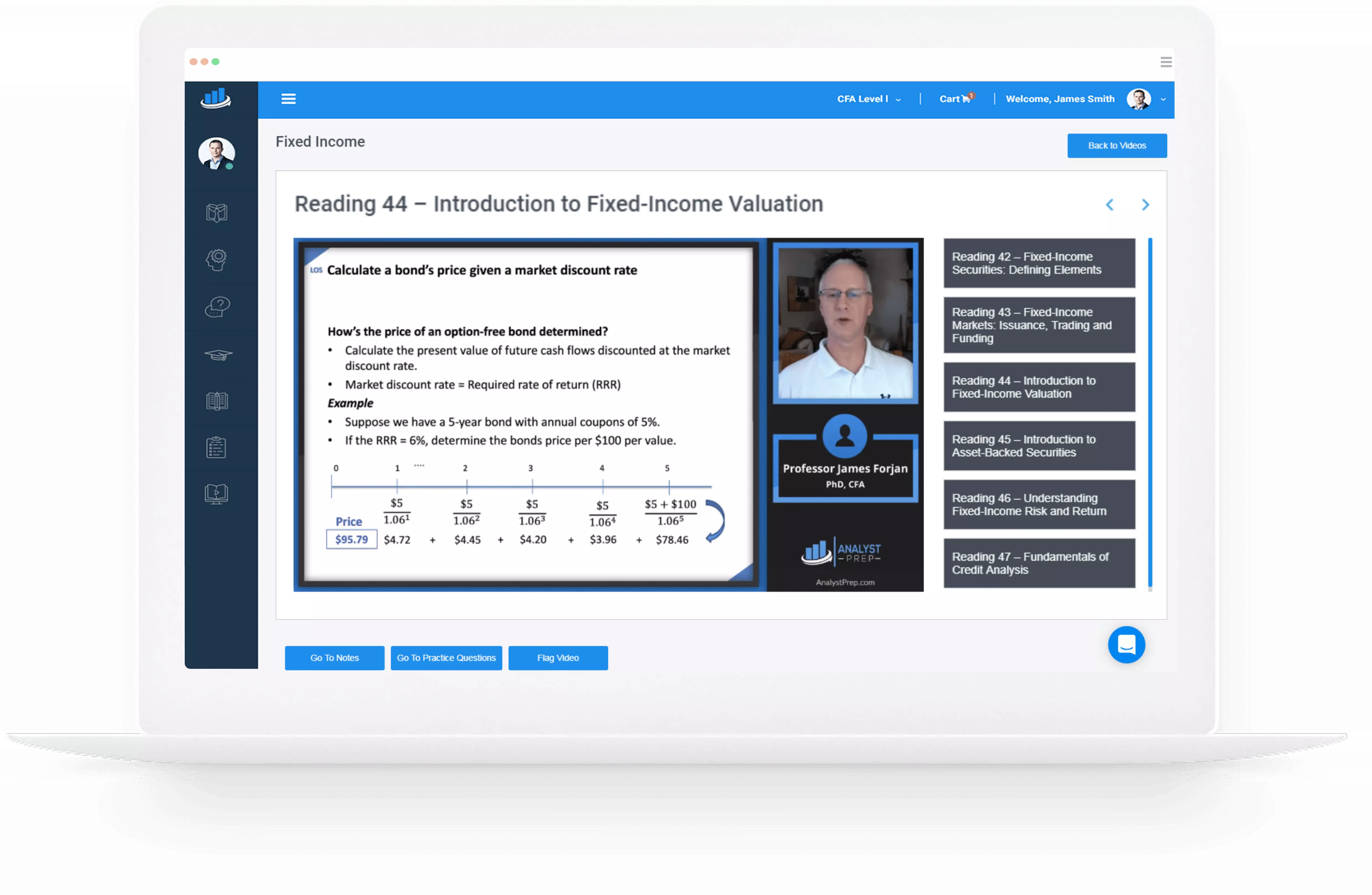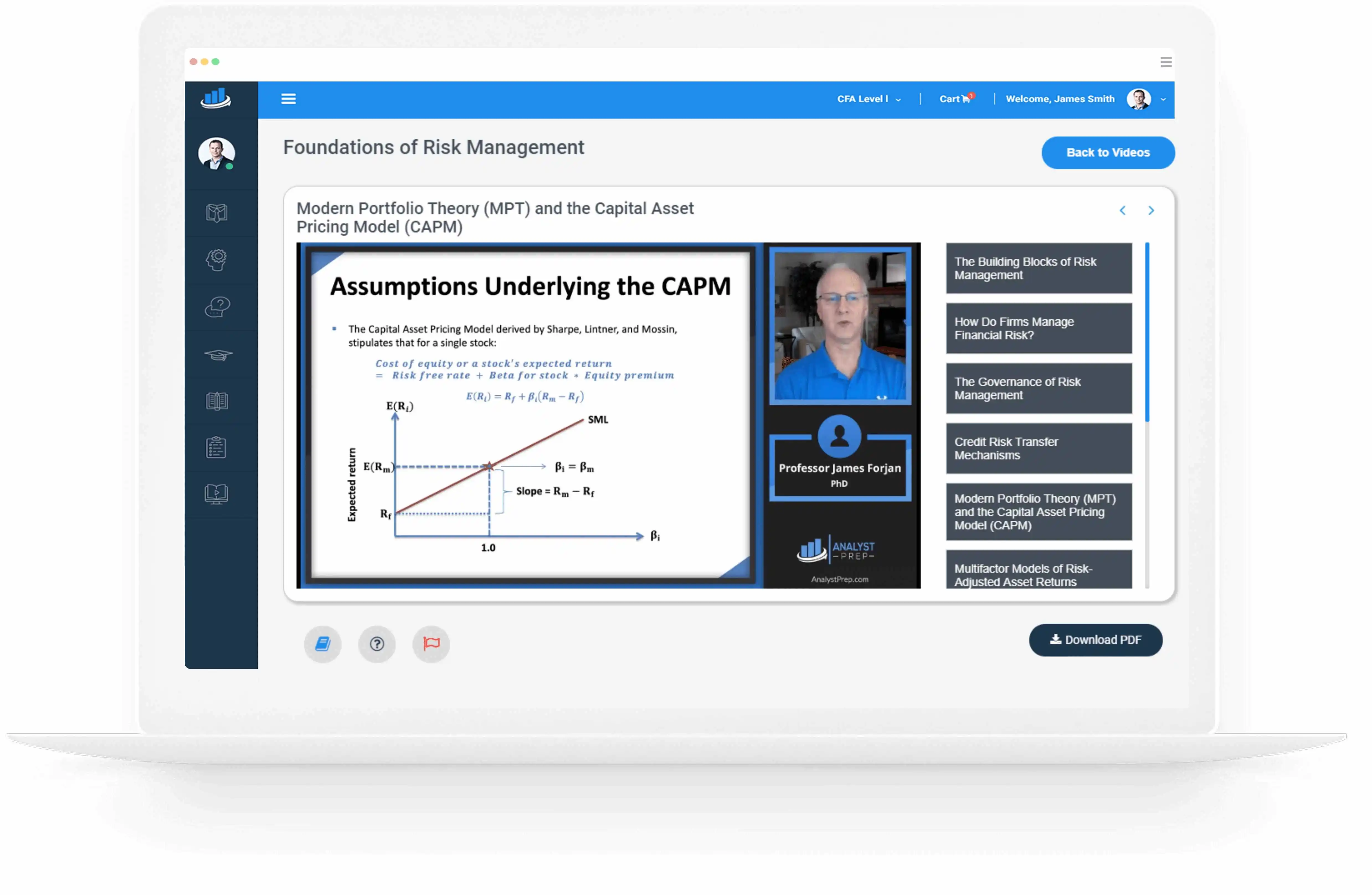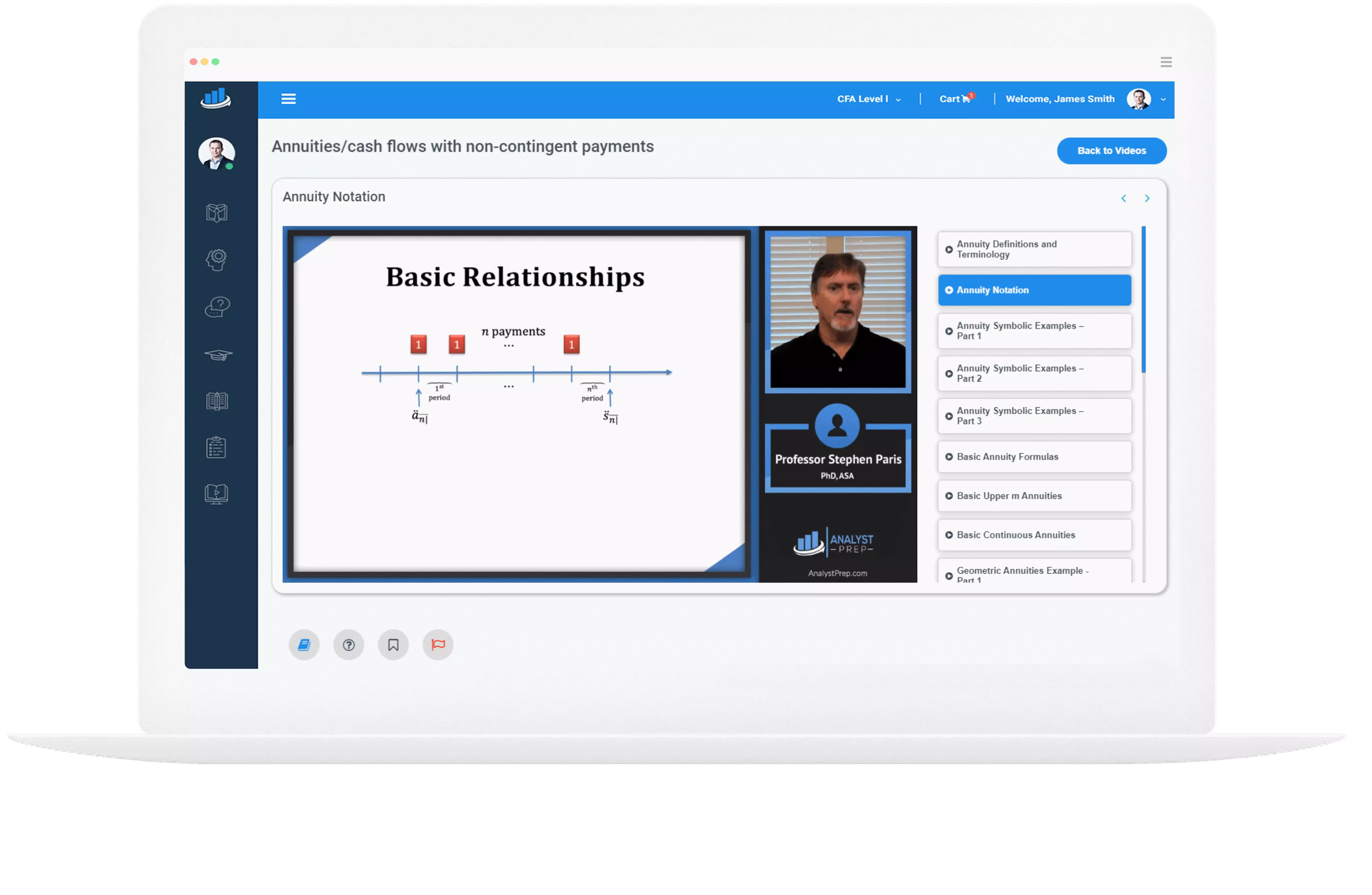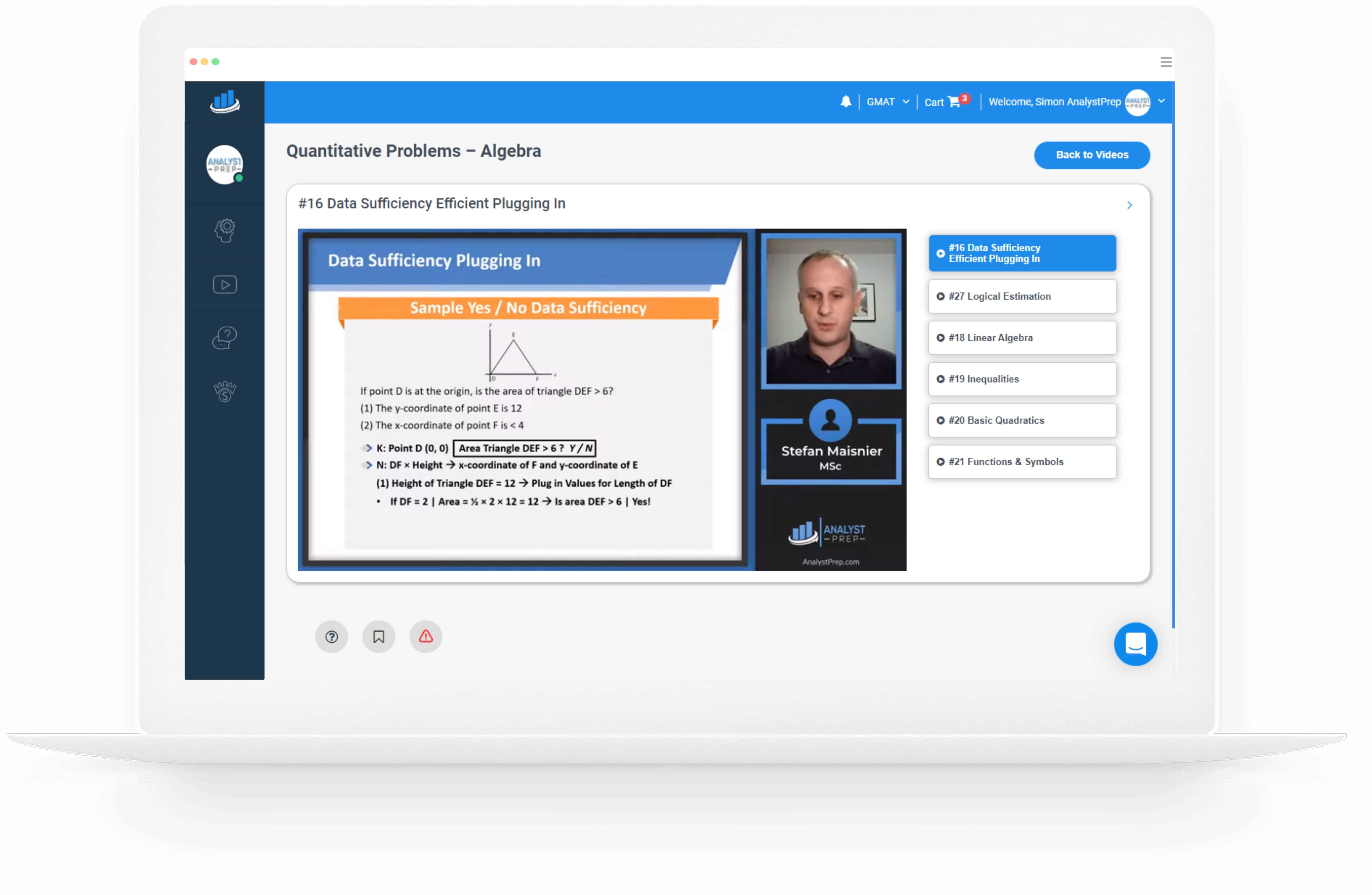Direct Capitalization and Discounted Cash Flow Valuation Methods
Direct capitalization method, the stabilized net operating income (NOI) is divided by the market capitalization rate. In contrast, for the DCF method, the NOI for each year during the holding period plus the salvage value at the end of…
Value of a Property
The direct capitalization method estimates the value of a property by capitalizing the first-year NOI at a market-derived cap rate. The discounted cash flow method projects income after the first year and discounts the income at a yield rate…
Inputs of Direct Capitalization and Discounted Cash Flow Valuation Methods
Net Operating Income The net operating income (NOI) is calculated when using the income approach to evaluate properties. The number of revenues collected from a commercial property net of operating expenses before interest and taxes. However, NOI is guided…
Valuation of Real Estate Properties
Valuation of Real Estate Properties Valuation of any commercial property is intrinsically valuable as it determines the worth of any particular real estate property. Income Valuation Approach In this scenario, a comparison is created where an investors’ acquisition price is…
Commercial Property Types
Given the real estate cycle and its impact on portfolios, we now examine specific demand and supply factors influencing the risk and return of commercial real estate subsegments, including residential and non-residential properties like office, industrial, retail, and hospitality…
Study Notes for CFA® Level II – Alternative Investments – offered by AnalystPrep
Reading 35: Introduction to Commodities and Commodity Derivatives -a. Compare characteristics of commodity sectors; -b. Compare the life cycle of commodity sectors from production through trading or consumption; -c. Contrast the valuation of commodities with the valuation of equities and…
Real-time Surveillance of Markets
Several markets use real-time surveillance to detect market malpractices and give quick remedies. The market malpractices that can be detected by real-time monitoring are: Front running: This is also known as forward trading. It is a situation where a trader…
Electronic Trading Risks
The risks associated with automated trading are: High-frequency traders’ arms race: The competition among the high-frequency traders has made trading increasingly expensive. Therefore, several HFTs quit the market when they cannot compete effectively. Systemic risks: A systemic risk is the…
Latency
Latency is the delay between the occurrence of an event and a subsequent event. It can also be defined as any delay in time between a request and a response. Advantages of Low-latency Traders Adequate productivity: When there is a…
Electronic Trading System Facilities
Features of Electronic Trading Systems The mushrooming of electronic trading systems has forced buy-side traders, proprietary traders, and brokers to adopt the usage of new electronic trading tools. We discuss a few of the features of electronic trading in this…
